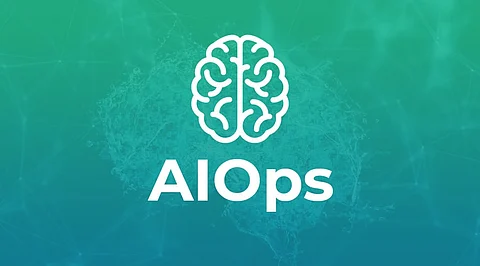Achieve Effective Automation with an Approach to AIOps

AIOps, the merging of AI and IT operations, is often heralded as a solution and represents effective automation. But it only addresses a fraction of the problems in many cases — triaging alerts and reducing the level of data to something more manageable. To unlock its full potential, organizations should seek more sophisticated use cases for AIOps that extend beyond IT operations — think AI for automating DevOps, or even better, BizDevSecOps.
Role and Responsibilities of AIOps
There's huge potential for such AIOps to accelerate digital innovation by enabling business, development, and operations teams to automate modern cloud environments and drive self-healing applications. This is a much more comprehensive approach to taming the data explosion, which demands a new form of AIOps. To support this, AI needs to learn instantly from broad, well-structured, high-quality data, rather than simply analyzing historical patterns in unstructured datasets. Organizations must therefore rethink the way they capture, process, and operationalize digital services data.
Cloud-native technologies and Multi-Cloud Environment
The world's leading innovators are increasingly relying on cloud-native technologies and multi-cloud environments to improve their digital agility and accelerate transformation. However, this increases complexity, which often leaves IT and business teams struggling to manage dynamic technology stacks. AIOps, the merging of AI and IT operations, is often heralded as a solution, but only addresses a fraction of the problems in many cases — triaging alerts and reducing the level of data to something more manageable. To unlock its full multi-cloud organization, organizations should seek more sophisticated use cases for AIOps that extend beyond IT operations — think AI for automating DevOps, or even better, BizDevSecOps.
Potential of AIOps
There's huge potential for such AIOps to accelerate digital innovation by enabling business, development, and operations teams to automate modern cloud environments and drive self-healing applications. This is a much more comprehensive approach to taming the data explosion, which demands a new form of AIOps. To support this, AI needs to learn instantly from broad, well-structured, high-quality data, rather than simply analyzing historical patterns in unstructured datasets. Organizations must therefore rethink the way they capture, process, and operationalize digital services data.
AIOps is What it Eats
It's widely acknowledged AI is only as smart as the data its users feed it. Accordingly, organizations focus on improving observability across their technology environments to ensure they're capturing data from all available sources to enrich the insights their AI produces. However, the use of cloud-native multi-cloud and multi-cloud environments has led to an explosion of complexity that makes it difficult to capture the petabytes of digital services data produced each day in a standardized and holistic way. Business, operations, and development teams use multiple monitoring tools to capture different sources of data. As a result, data collection and delivery formats are inconsistent, making it difficult to retain the structure and context that AI needs to drive off multi-claudication.


